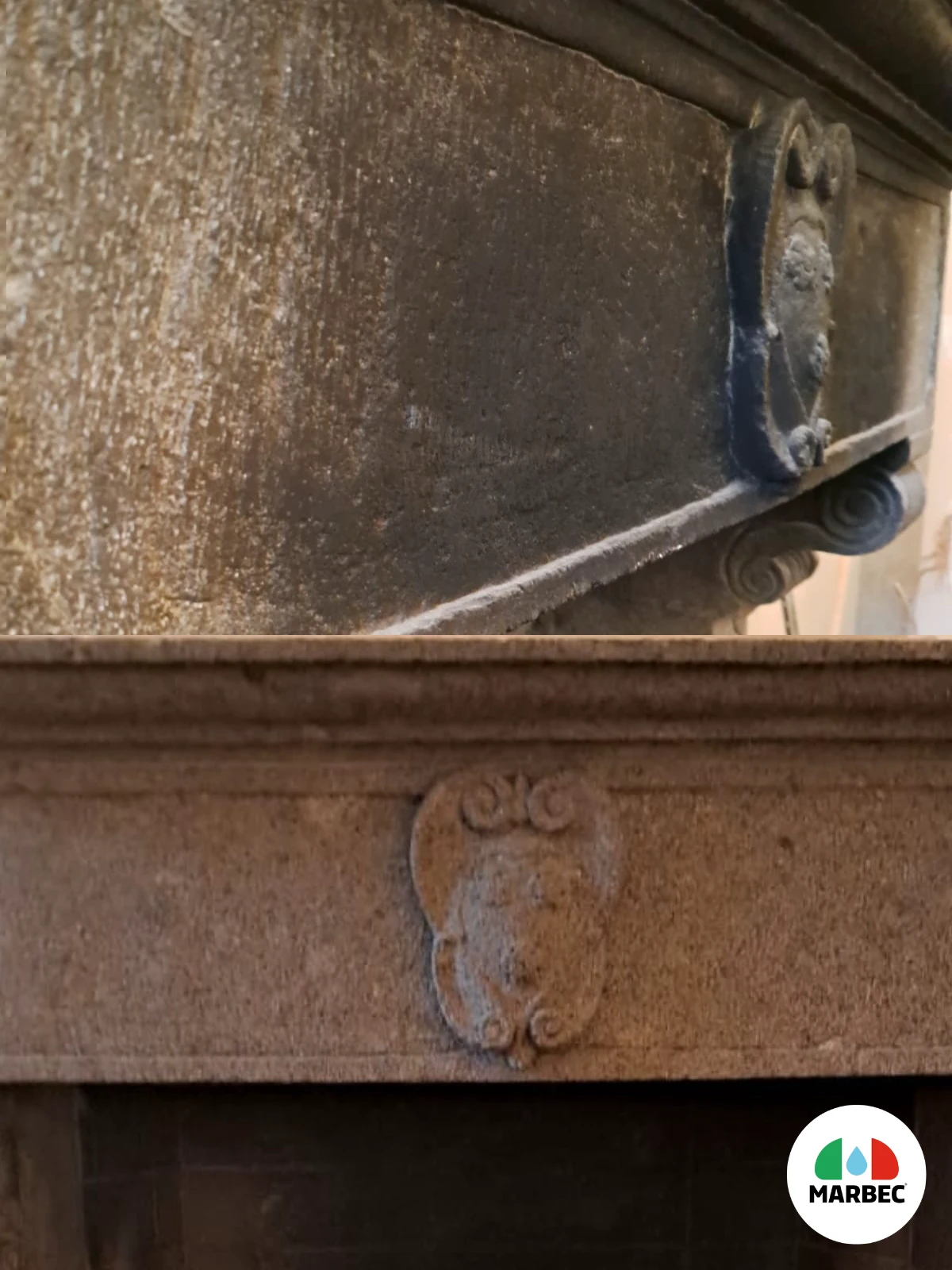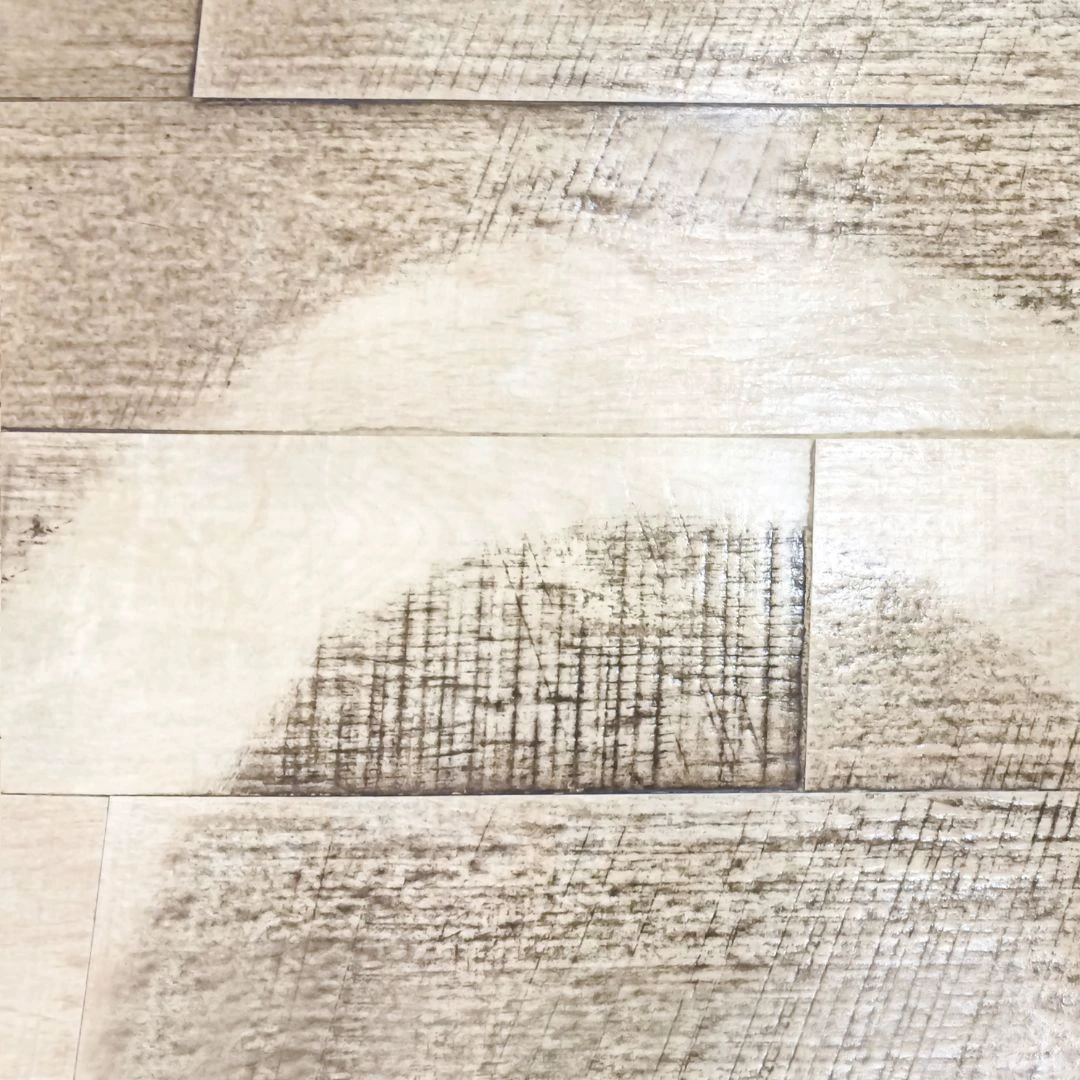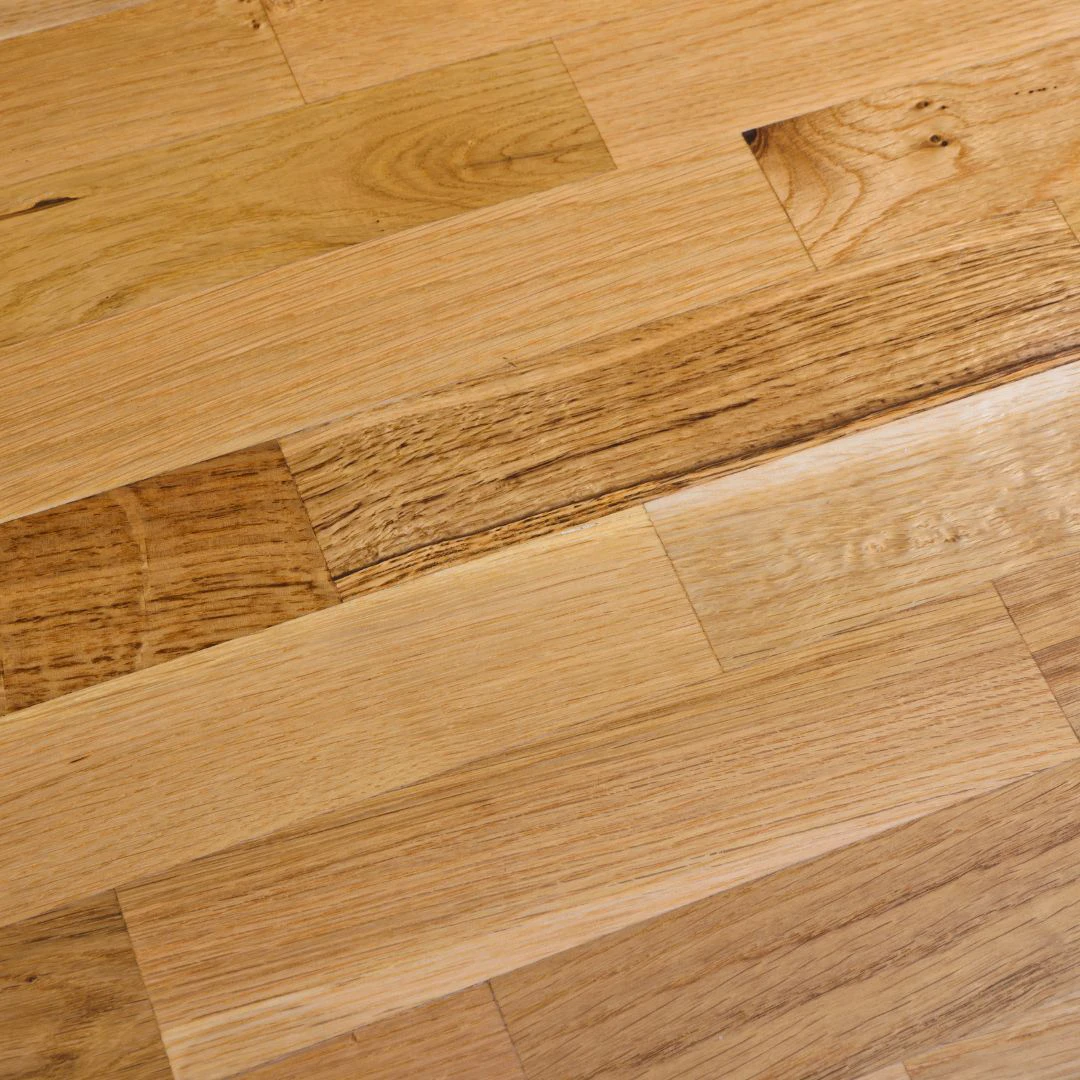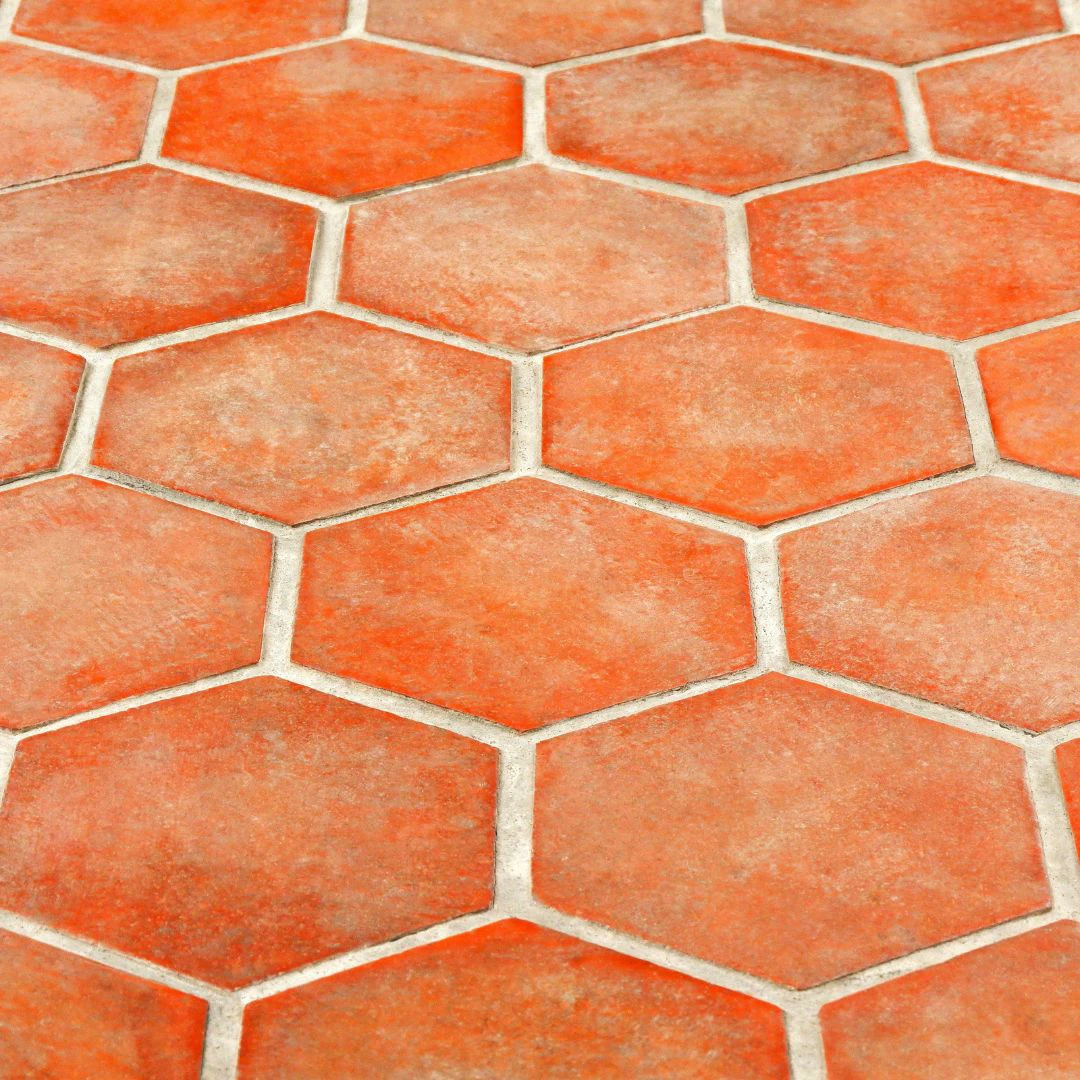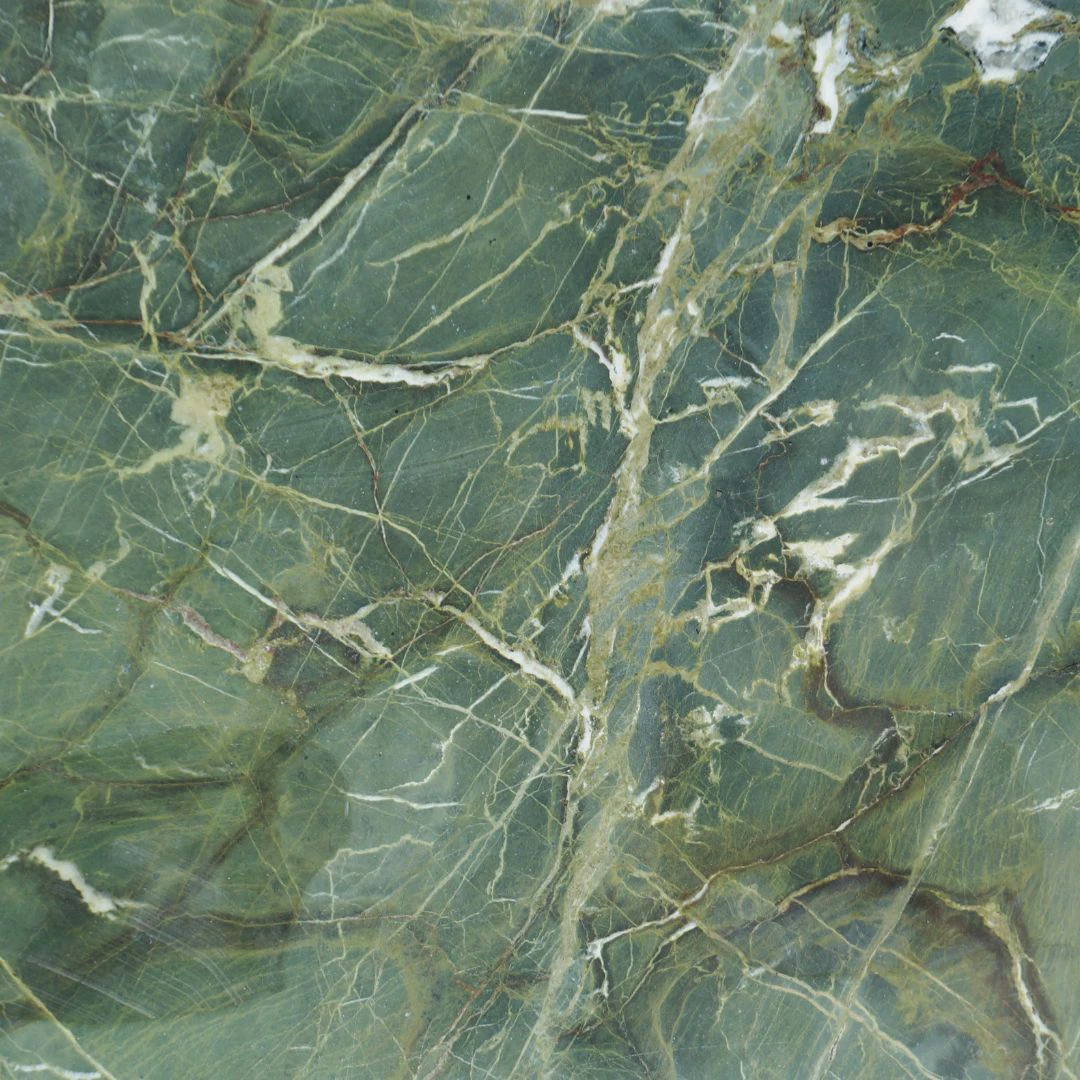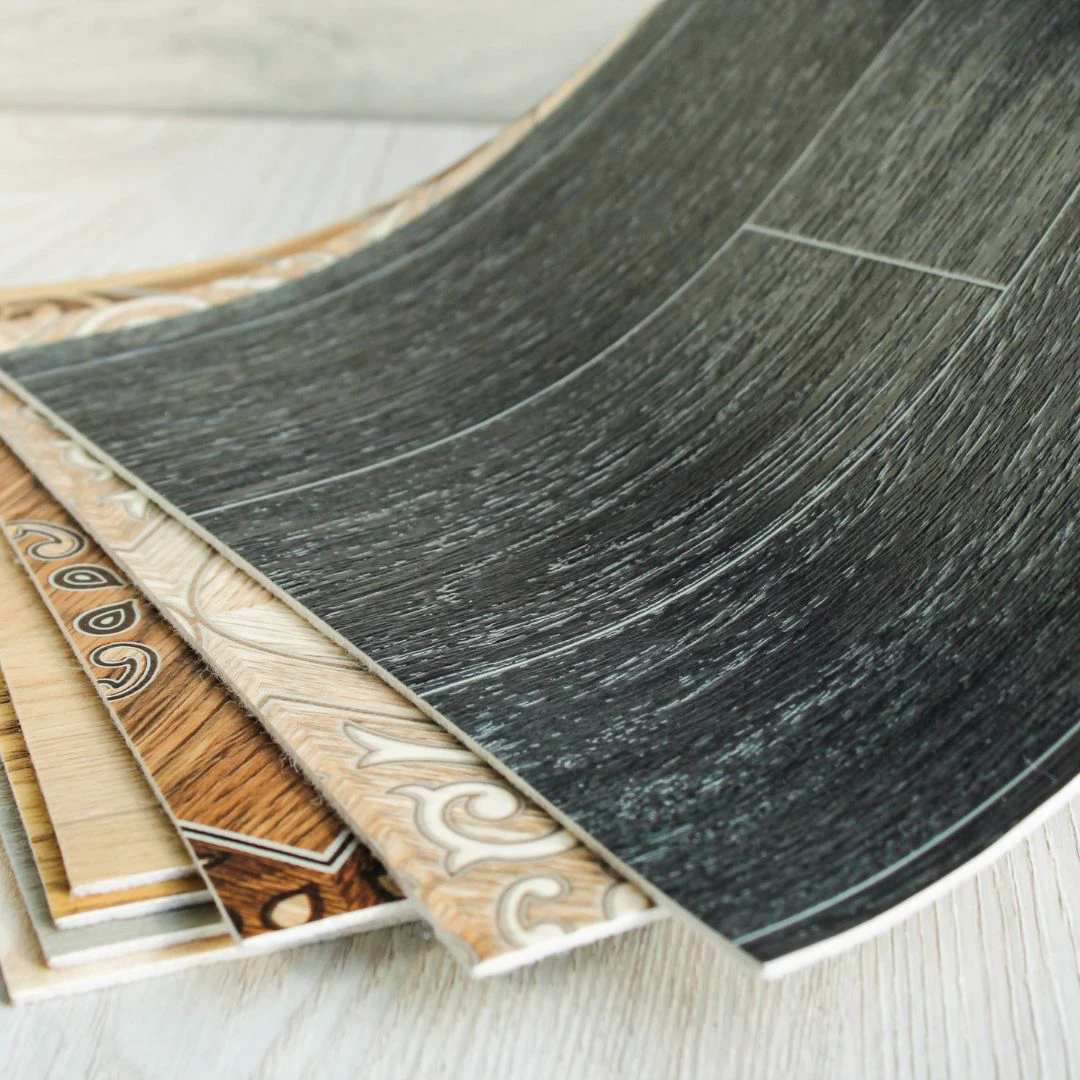Back in fashion, even these particular ties need to be cleaned or recovered. Let’s see how to clean and recover the cement tiles.
Talking about cement tiles in 2021 means talking about a type of tile that has recently become very fashionable.
These are handcrafted artistic tiles used in the field of flooring and cladding, made up of Portland cement combined with iron oxides and marble powders.
Their story originates in our country and today, after a period in which industrial ceramics and terrazzo tiles were preferred, it has a second life in the homes of many people.
Before seeing how to clean and recover the cement tiles, let’s take a trip back in time, to talk about the birth of this material and its main characteristics.
History of cement tiles: a quality material
As mentioned, the origins of these tiles have their roots in Italy where they were born at the end of the 19th century and then found widespread diffusion in Europe, Latin America and then in the United States.
The first country that saw a strong presence of cement tiles was Spain, which welcomed this material around 1850, and later France, where it was exhibited at the Universal Exhibition in Paris in 1867 by the Catalan company Garret & River.
In the United States, the first tiles were most likely made near the Portland cement plant and by the end of the 1900s they were extremely popular with the wealthiest population.
As already mentioned, the “fashion” of cement tiles, at a certain point (in the 20s of the 1900s), began to decline, but regained strength again in the 40s, particularly in California and Florida.
The cement tiles are particularly valuable because they are made one at a time by hand, through the use of cement and natural pigments, a hydraulic press and a mold.
Composed of high-quality Portland white cement, natural pigments and fine sand, they present (precisely because they are handcrafted by hand) some slight imperfections which however give them their unique and authentic character.
Cement tiles are produced all over the world and, apart from their natural imperfections, they are also distinguished from each other by the hydraulic method used to make them (small companies use a hand-operated press, large companies use electric hydraulic presses) and for the quality of the pigments.
Sharpness of the design, thickness of the color layer and surface hardness of the latter layer, are finally the three main factors that distinguish the quality of the different cement tiles. But when is the time to clean and recover the cement tiles? Here are our tips on how to do it and on which products to use.
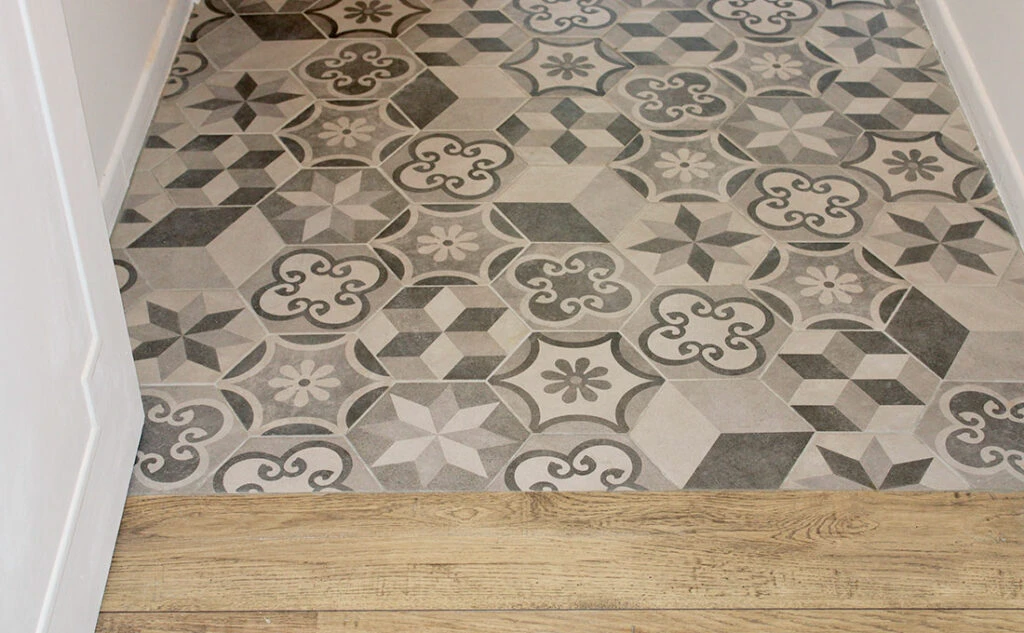
Cleaning and recovery of cement tiles
When it comes to cleaning and recovering cement tiles, it is first of all necessary to clarify that being naturally “imperfect” due to their artisan origin (while this is the beauty of an ancient floor!), the flaws of time could in part remain.
Having said that, referring to old cement tiles that are usually discolored, the first thing to do is to wash the surface cleaning with the degreasing and descaling agent SGRISER, dewaxing detergent accompanied by the RED BUFFER, the slightly abrasive sponge also specific for this type of flooring.
This first operation prepares the surface to absorb the new treatment which aims to enhance the colors of the cement tiles, protecting them from stains, without giving at the same time a darkening effect.
The toning treatment consists of one or two coats of the impregnator PALLADIUM, depending on the absorption, plus the application of IDROFIN LUCIDO or IDROFIN MATT (two types of finishers protagonists of this operation), while if you want a natural effect (which is recommended, for example, in old houses, in case of rising damp) a coat of the anti-humidity or stain-proof protective TIM and one or two coats of IDROFIN LUCIDO or IDROFIN MATT should be applied.
If, on the other hand, the goal is to obtain a wet effect, the combination to keep in mind is the one composed of the BRIGHTSTONE toning impregnator combined with the usual IDROFIN LUCIDO or IDROFIN MATT.
In order not to frustrate the work done, the final advice is to maintain the cement tiles by regularly cleaning with the universal sanitizing detergent UNIPUL and applying a coat of REFIX MATT or REFIX LUCIDO every 6/12 months.
It is a wax that allows the treated surface to maintain its characteristics over time, making it at the same time easy to clean and renewable.
Thus, keeping the surface composed of the unique, precious and splendid cement tiles in perfect condition!
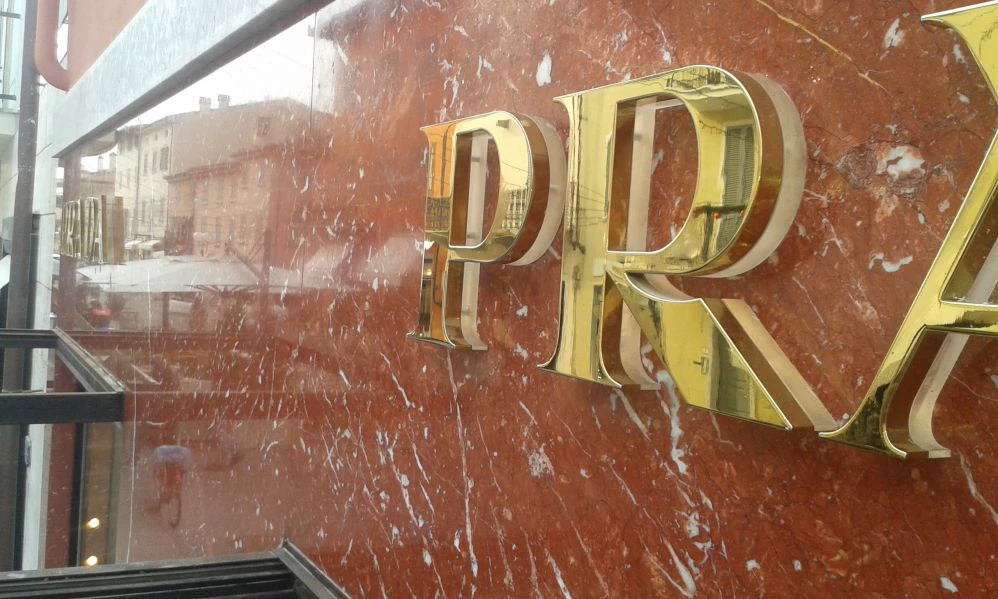
Today we want to present the polishing of a facade in matt French red marble. The marble cladding in question belongs to the Prada boutique in Forte dei Marmi.
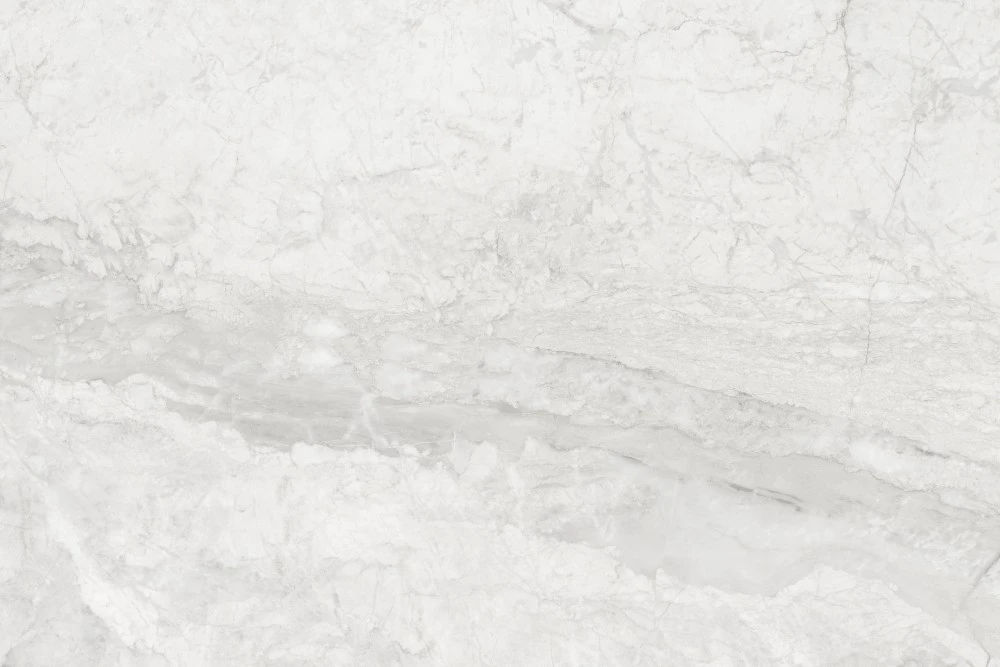
Has your marble become opaque? It no longer has that shiny effect that made it look so precious? Don’t worry. In this article we have prepared a review of the most common methods for cleaning and polishing stained or matted marble. There are many methods for removing stains from marble: we have chosen the most […]
